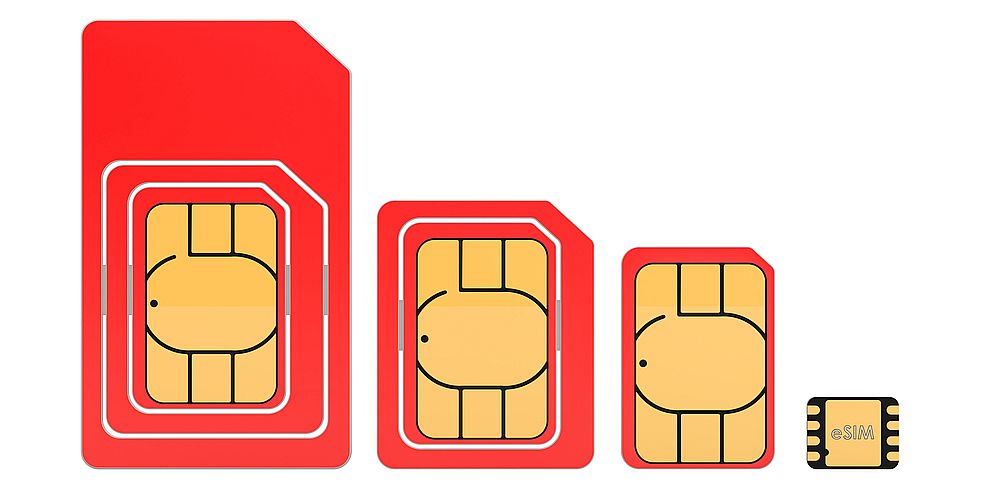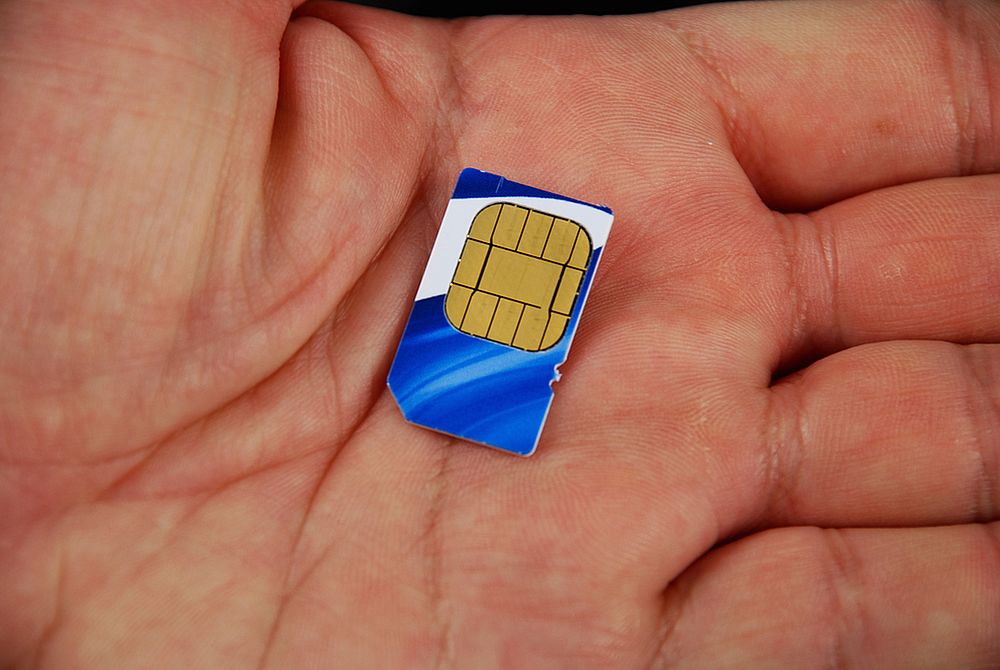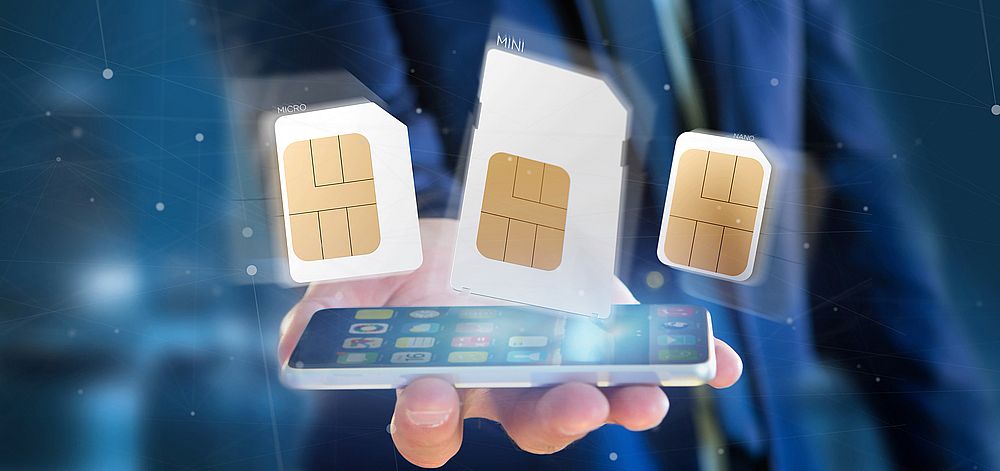My last cell phone I inherited from a family member who likes to change devices frequently. When I took the SIM card out of my phone I was shocked, I didn’t remember how small it was. With the SIM card, Moore’s Law (every two years the number of transistors in a microprocessor doubles) has been somewhat fulfilled. The reality is that eSIM (the virtual SIM card) currently works for a significant number of devices and markets. Whether smartphones or other connected devices (IoT).
The big change that is coming is that soon the SIM (Subscriber Identity Module) card will be virtual, which will profoundly affect both the consumer and the telecom companies. The physical SIM will give way to the electronic SIM (eSIM).
In terms of the market, one of the biggest impacts is the disappearance of the logistics chain that existed until now: manufacturing, distributing, installing and replacing physical cards. The eSIM allows, with just a few clicks on the cell phone, to install a virtual card. To do so, the operator sends the customer a simple QR code.

Drastic changes
Throughout the history of mobile telephony, everything went through the SIM card, which was owned by the MNO (Mobile Network Operator). What will happen when the SIM card physically disappears? One thing we can be sure of is that it will bring about a change with consequences that are difficult to foresee for consumers, MNOs and MVNOs (Mobile Virtual Network Operator). In principle, the customer will have the ability to choose between the different options on the market in a similar way to how he selects a particular wifi among a group of them. The Internet of Thing (IoT) means that there will be more and more connected devices, which is an opportunity for all business players.
As the use of eSIM has become more popular, services have emerged that specialize in finding the optimal operator for each occasion, taking into account parameters such as location, price and quality. Nowadays, it is often the case that you first purchase the contract with the mobile service operator and then choose the smartphone (which may be subsidized by the operator). The advent of the virtual SIM makes it possible to reverse the process, you purchase the cell phone and then choose among the different operator options.
We do not have the ability to guess the future but we can assure you that the implementation of eSIM will bring drastic changes for all concerned: consumers, MNOs, MVNOs and handset manufacturers.

A world of connected devices
Did you know?
- Your phone is not all yours, the SIM card is the property of the telecommunications company.
- SIM stands for Subscriber Identity Module and its function is to authenticate the owner.
- Norway no longer has telephone lines that run on copper wire.
- MNO (Mobile Network Operator) are telecommunications companies that provide wireless services.
- MNVO (Mobile Network Virtual Operator) are companies that do not have their own infrastructure but contract it to a company that does have its own network.
- According to Wikipedia the 5 largest telecommunications companies by revenue are: China Mobile, Verizon Communications, Comcast, AT&T and Deutsche Telekom.
- The eSIM explosion, rather than smartphones, will come from smart devices (laptops, tablets, cars, home appliances and others).
- Nano-SIM arrived in 2012 and since 2015 eSIM has been in use.
- The arrival of the virtual SIM will mean the death of roaming (using a different coverage than the one contracted) and will simplify the sale of cell phones.
- Both cybersecurity and GSMA (Global System for Mobile Communications – GSM Association) specifications contribute to the growth of eSIM.
- Several automotive companies, such as Audi, BMW, Tesla and Volkswagen have implemented eSIM technology to offer different services to their customers. In some cases it allows over-the-air (OTA) updates of the vehicle’s firmware.
- The new technology, by eliminating the physical card, will help reduce waste and simplify logistics (SIM cards will not need to be transported).
- The eSIM enables the use of tiny IoT devices such as smart labels, smart tags that, for example, make it easier to track items. In the retail business, they offer more information to consumers.






